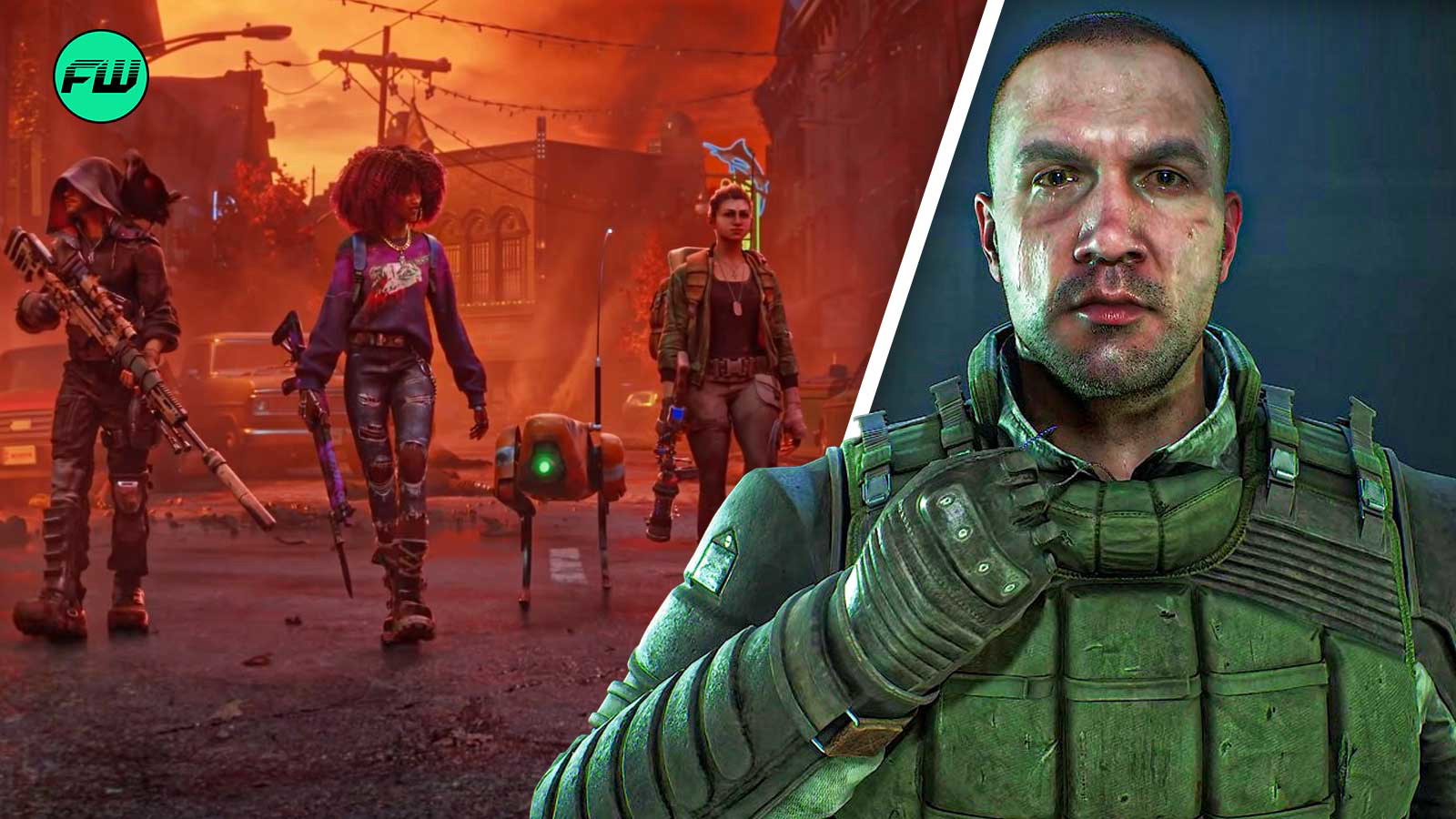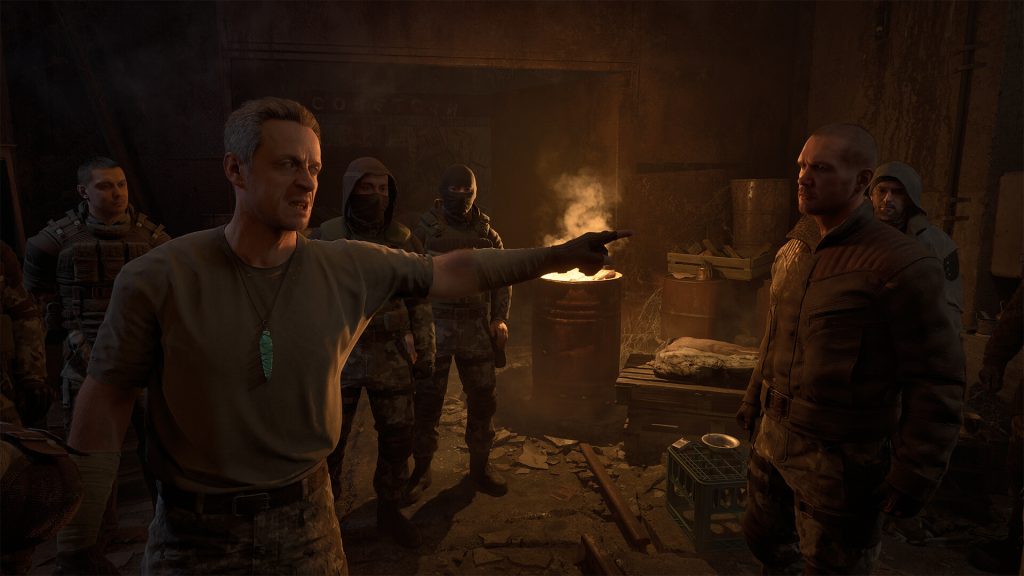STALKER 2 Continues the Same Disturbing Xbox Trend That Killed Redfall: Even Todd Howard’s Starfield is Guilty

The highly anticipated STALKER 2: Heart of Chornobyl has finally emerged from the shadows, bringing with it the promise of a next-generation Zone experience. After years of development, multiple delays, and the incredible resilience of GSC Game World in the face of war, players were hoping this would be the triumphant return the series deserves.
However, as stalkers venture into this new vision of the Zone, they’re finding that something feels… off. And it’s not just the radiation.

What’s particularly concerning is how this release seems to follow an increasingly familiar pattern we’ve seen with other Xbox-associated titles. From Redfall‘s disastrous launch to Starfield‘s technical stumbles, and even Microsoft Flight Simulator‘s early turbulence, it’s a story that’s becoming all too common in the gaming industry.
The situation has left many wondering: is this just another case of a game needing more time in the oven, or are we witnessing a more systemic issue that needs addressing?
S.T.A.L.K.E.R. 2‘s Rocky Road to Release
The signs were there even before launch. Early reviews painted a picture of a game struggling to maintain stability, with even the most powerful gaming rigs breaking a sweat. The issues range from constant shader compilation causing stutters to random crashes that would make even the most hardened stalker consider a career change. As noted by respected critic Skill Up:
Even when NVIDIA Reflex is enabled, the fact is performance is just terrible. And, keep in mind that I’m playing on literally the best consumer level PC hardware that money can buy—and I’m running DLSS at Performance.
But performance issues are just the tip of the irradiated iceberg in STALKER 2. Players are reporting everything from flickering textures to disappearing sound effects, with some experiencing problems that fundamentally break the immersion STALKER is famous for. The game’s audio system seems particularly unstable, with footsteps vanishing, weapon sounds cutting out, and NPC dialogue randomly switching between radio filters mid-conversation.
Another respected voice in the gaming community, Daniel Owen, suggests a more cautious approach:
This is certainly a game where I think if you hold off for a lot of bug fixes and maybe some performance optimizations, you might end up in much better shape.
Perhaps most disappointing is the state of the game’s much-touted A-Life 2.0 system. Promised as a revolutionary step forward in creating a living, breathing Zone, players are finding the reality somewhat less impressive:
Stalker 2 (ALife 2.0 Engine Issues)
byu/JoeytheJewl instalker
Comment
byu/JoeytheJewl from discussion
instalker
Comment
byu/JoeytheJewl from discussion
instalker
The emptiness of the Zone stands in stark contrast to the praiseworthily rich, dynamic environment of the original game, where distant firefights and wandering stalkers created an authentic sense of a world existing beyond the player’s immediate vicinity.
A Troubling Industry Trend, to Say the Least

This pattern of launching games in a less-than-ideal state isn’t unique to this latest release, but it’s becoming a concerning trend for Xbox-associated titles. Redfall launched in such a poor state that it effectively killed the game’s chances of success, while even Bethesda’s highly anticipated Starfield, despite Todd Howard’s promises, struggled with technical issues at launch.
Now STALKER 2, another major Xbox Game Pass title, seems to be following the same unfortunate pattern.
there are no bugs, only anomalies. #STALKER2 pic.twitter.com/DfmHPys5TP
— Tomographic (@ItsTomographic) November 20, 2024
To their credit though, GSC Game World has been transparent about their plans for post-launch support, already addressing over 1,125 individual issues since the review build. The development team’s commitment to improvement is admirable, especially considering the extraordinary circumstances under which they completed the game. But this raises a larger question: when did it become acceptable to treat paying customers as beta testers?
The gaming industry seems to have entered an era where the line between “early access” and “full release” has become increasingly blurred. Major publishers—not just indie developers—are now regularly releasing games that require weeks or months of patches to reach their intended state.
Now, as we watch another potentially great game stumble out of the gate, it’s worth asking whether this is the future we want for gaming. Are we content to accept increasingly unpolished releases with the promise of future fixes, or should we be demanding more from both developers and publishers? The Zone may be harsh and unforgiving, but at least it’s honest about its dangers.
What do you think about STALKER 2‘s launch state? Are you willing to wait for patches and updates, or do you think games should be fully polished at release? Share your thoughts in the comments below!
This post belongs to FandomWire and first appeared on FandomWire
Join XGamer Discord to discuss the game with other players
Click to join our Discord





